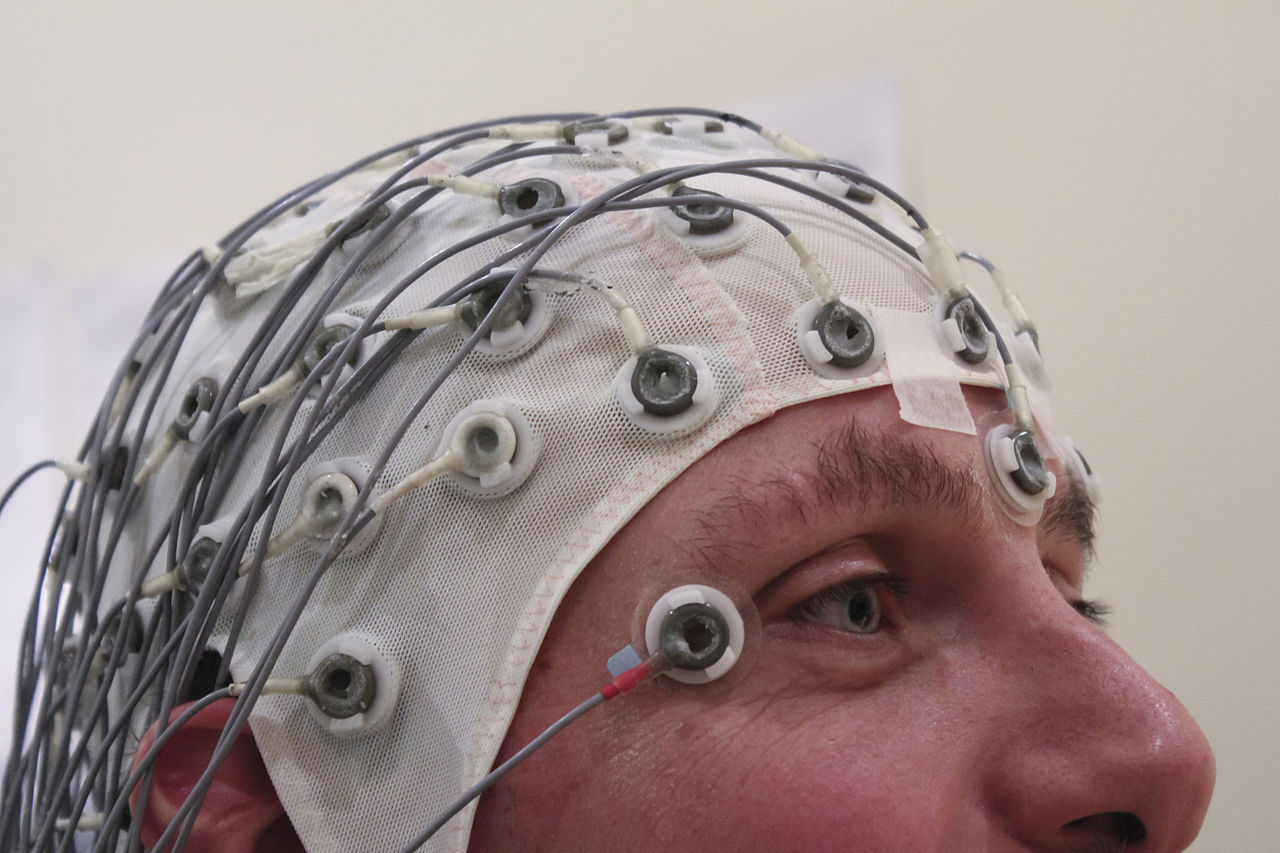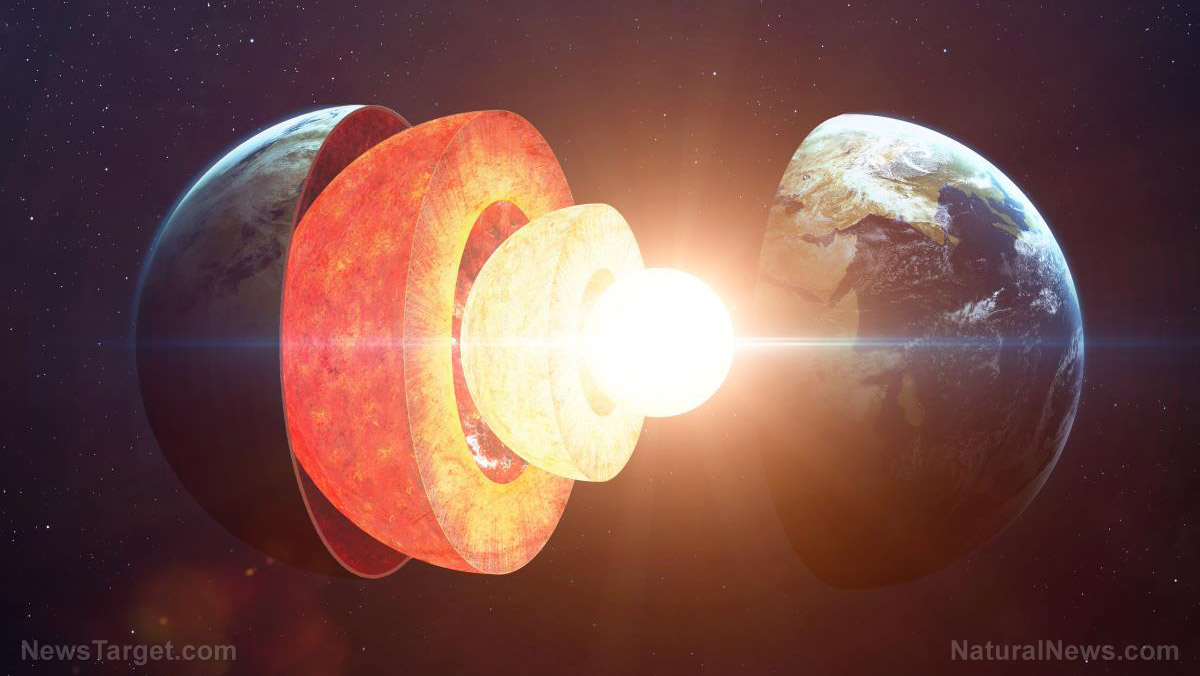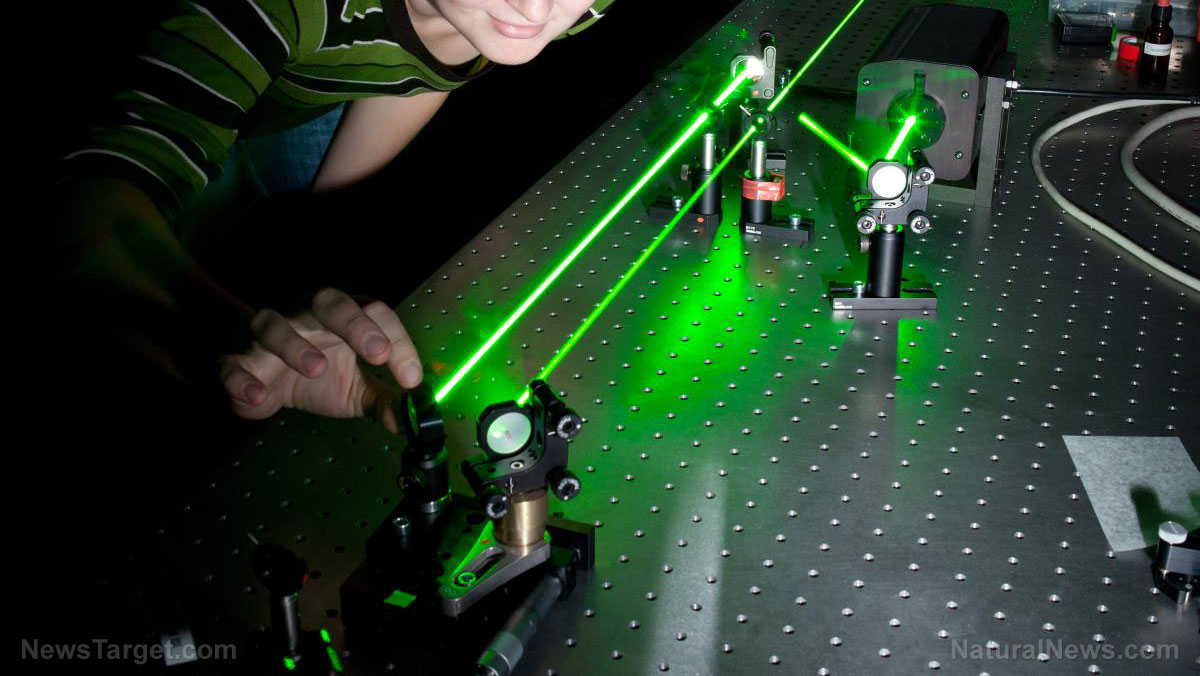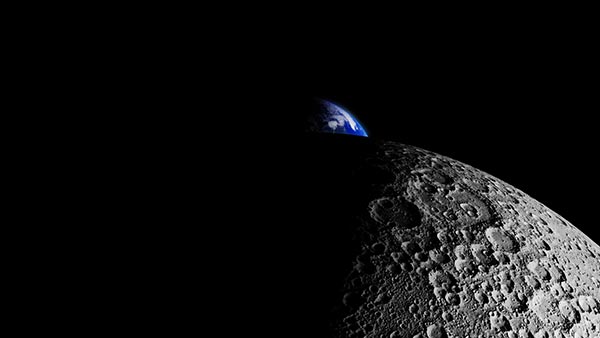Breakthrough Listen Project and NASA collaborate on the search for advanced alien civilizations
03/30/2022 / By Virgilio Marin

The National Aeronautics and Space Administration (NASA) has partnered with scientists working on the Breakthrough Listen project in the search for extraterrestrial intelligence (SETI). The team will use NASA’s Transiting Exoplanet Survey Satellite (TESS) to identify “light-curve anomalies” and detect “technosignatures.”
Breakthrough Listen is a $100 million SETI initiative considered as the most comprehensive search for alien communications to date. Project scientists already have a target list of exoplanets for study and secured thousands of hours of observation time in many cutting-edge observatories around the world. Their partnership with NASA will provide more resources that can deepen their search.
“It’s exciting that the world’s most powerful SETI search, with our partner facilities across the globe, will be collaborating with the TESS team and our most capable planet-hunting machine,” said S. Pete Worden, executive director of the Breakthrough Initiatives.
Searching for aliens with the help of NASA
TESS and Breakthrough Listen scientists announced their partnership in October last year during the International Astronautical Congress in Washington, D.C. The collaboration will expand the Breakthrough Listen’s target list, adding over 1,000 exoplanets detected via TESS in the last two years.
The Breakthrough Listen team will scan these promising worlds using a range of instruments, including the Green Bank and Parkes radio telescopes in West Virginia and Australia, respectively; the Automated Planet Finder telescope in California; and the MeerKAT radio array in South Africa.
The collected data will be analyzed for technosignatures with the help of NASA scientists. These signatures are indicators of technology that may have been developed by advanced civilizations. The Breakthrough Listen scientists said that while past searches failed to detect unambiguous technosignatures, the chances of detection are now higher with their project.
The researchers will also use TESS data to look for anomalies in the light curves of stars. Light curves are graphs of a star’s brightness over time, and recent observations using the Kepler space telescope suggested that oddities in these graphs might have been caused by orbiting megastructures built by advanced civilizations. (Related: Has the second “alien megastructure” been found?.)
“The discovery by the Kepler spacecraft of Boyajian’s Star, an object with wild and apparently random variations in its lightcurve, sparked great excitement and a range of possible explanations, of which megastructures were just one,” said Andrew Siemion, the lead researcher of the Breakthrough Listen team and an astrophysicist at the University of California, Berkeley.
Siemion added that while dust particles in orbit around Boyajian’s Star could be responsible for the dimming, studies of light-curve anomalies will refine future observations and cast a wider net in the search for technosignatures.
NASA funds SETI study
In June 2020, NASA awarded a grant to a SETI study that will scan exoplanets for technosignatures. The researchers involved said that they will initially focus on the technosignatures made by solar panels and air pollution.
Solar panels are designed to absorb certain wavelengths of light. This could create a specific spectral signature that can be detected using current space telescopes, according to the researchers. Meanwhile, the team will look for signatures of artificial gases like chlorofluorocarbons, which were once commonly used as refrigerants and aerosols until they were discovered to be destroying the ozone layer.
The researchers noted that they will only characterize what these technosignatures would actually look like in data. But their findings will be uploaded into an online library that can be used by astrophysicists to identify exoplanets that may be of interest for follow-up studies.
“Our job is to say, ‘this wavelength band is where you might see certain types of pollutants, this wavelength band is where you would see sunlight reflected off solar panels’,” said co-researcher Adam Frank of the University of Rochester in New York.
Read more updates on the search for aliens at Space.news.
Sources include:
Submit a correction >>
Tagged Under:
advanced alien civilizations, aliens, breakthrough listen, cool science, cosmic, ET, exoplanets, future science, light curves, NASA, research, SETI, Space, Stars, technosignatures
This article may contain statements that reflect the opinion of the author
RECENT NEWS & ARTICLES
COPYRIGHT © 2017 FUTURE SCIENCE NEWS




















